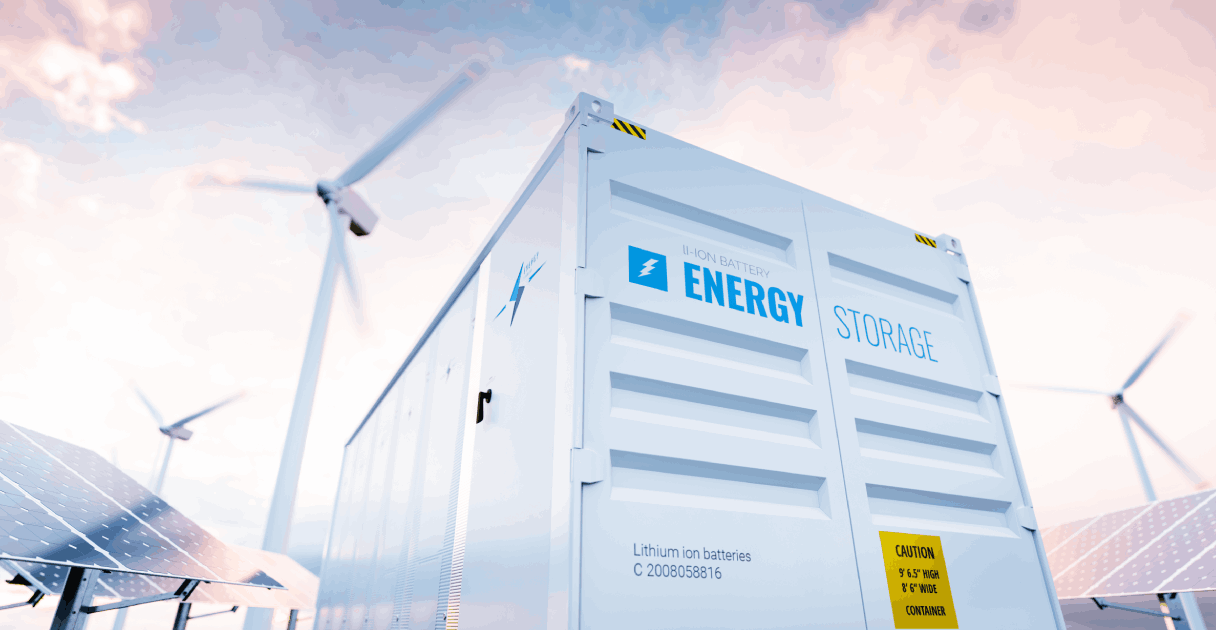Global spending in the net zero transition is estimated to reach £220 trillion between 2021 and 2050. What is the role of institutional investors, and how can they benefit1?
It’s an overcast August day in Washington, D.C.
To the average person, it would seem like a perfectly normal summer’s day.
But history is being made in the State Dining Room of the White House.
President Joe Biden has just delivered a speech about taking the “biggest step forward on climate ever.”
In a moment, he’ll sign a bill approving the Inflation Reduction Act – a landmark climate and tax deal to inject billions of dollars into clean energy transition and tackle climate change.
The bill offers comprehensive support and enormous incentives for green initiatives aimed at reducing greenhouse emissions by 40% in this decade and placing the United States on a path to net zero by 2050.
This includes putting a staggering $369 billion into clean energy tax credits, funding for climate and energy programs, and incentivising electric vehicle adoption and other initiatives.
This kind of action won’t be isolated to the US. Governments across the globe will need to take action to accelerate the energy transition.
In fact, the EU has already responded to the Inflation Reduction Act by proposing its own set of measures to stay competitive. These include more favourable rules for investment in clean energy industries and tax credits and funds for sectors that are critical to the green energy transition. The size and extent of these measures will become clear as soon as March 2023 and are expected to be significant.
This presents an unignorable opportunity for investors.
Tailwinds are driving large-scale investment in infrastructure
Strong tailwinds are driving investment in infrastructure.
Consumers are becoming more conscious of their impact on the planet and its resources. They want to live sustainably, minimise waste, and enjoy the benefits of green technology.
People want clean and reliable energy sources. They want transport that doesn’t degrade the air they breathe or contribute to climate change. They want fast and dependable connectivity.
As for governments, they have a range of sustainable objectives that make upgrading infrastructure a priority. Here are just a few:
- Net zero: Current infrastructure needs to be improved to meet low carbon and emissions requirements. Reliance on fossil fuels and inefficiencies are significant concerns. Electrification is on everyone’s agenda to address this challenge.
- Improving air quality: Old-world infrastructure contributes to air pollution. Investment is needed to lower the emissions of industries and reduce reliance on petrol and diesel.
- Enhancing critical service resilience: New, modern infrastructure is needed to cope with the potential impacts of climate change, environmental degradation, and disasters.
- Resource security: Energy security is a major policy objective for many nations. Recent events, such as high gas prices and the Russia-Ukraine conflict, have highlighted the importance of energy investment to achieve greater security. This is particularly true in Europe, where reliance on Russian oil and gas supplies is a concern. There are similar worries about overreliance on importing rare earth metals.
Infrastructure helps investors meet several objectives
The need for infrastructure spending underpins global growth for the coming years. And the first steps to building that infrastructure are being taken now.
At the same time, institutional investors must balance their fiduciary duty, exposure to climate risk, and alignment with government developmental goals.
Because of this, infrastructure is a massive opportunity for institutional investors. Through an array of compelling strategies, it offers opportunities to invest for social and environmental impact without trading off with returns, long-term alignment with government policy objectives, and a built-in defence against climate risk.
A broad range of sectors will benefit
A broad range of sectors will benefit from the transition to net zero. PwC estimates that the UK alone will need to invest £40 billion per year on new low carbon and digital infrastructure for the next decade, in order to be on track for net zero by 2050.
The renewable energy generation sector will need to continue its growth over the next decade. Clean energy investment needs to triple to deliver net zero by 2050, as global electricity demand is expected to increase by 90% over the next 30 years – driven by the electrification of transport and heating.
But renewable energy investment alone will not be enough to reach net zero. Currently in the UK, for example, only around 20% of greenhouse gas emissions come from the electricity sector2. The majority of emissions come from carbon-intensive sectors such as heat and transport.
Achieving net zero will therefore also require a new wave of infrastructure to:
- Support the decarbonisation of carbon-intensive sectors like transport and heat, through infrastructure such as electric vehicle chargers and heat networks. For example, in the UK the number of EV chargers is expected to increase ten-fold by 20303.
- Support the intermittent nature of renewable power generation (wind and solar) through short and long duration storage technologies. For example, in the UK, the National Grid estimates a ten-fold increase in electricity storage requirements by 2050.
- Support the green transition across the rest of the economy, including digital connectivity, energy-efficient datacentres, and recycling.
- Create a more circular economy in a digitally connected world where resources are scarce.
We believe that rolling out sustainable infrastructure across Europe will not only support the transition to net zero, but it will also support broader political goals such as regional economic growth and regional job creation.
Investors can capitalise on the sustainable transition not just through exposure to the development and operation of renewable sites but by investing in the next generation of infrastructure sectors.
Both America’s Inflation Reduction Act and the EU’s own set of measures are another step forward in a green agenda that will only grow stronger. A sustainable transition is a critical theme for the coming decades. Institutional investors are presented with an unprecedented opportunity – and they will be vital to achieving net zero.
¹ The net-zero transition: What it would cost, what it could bring, McKinsey Global Institute, 2022
³ Tenfold expansion in chargepoints by 2030 as government drives EV revolution, GOV.UK, 2022



